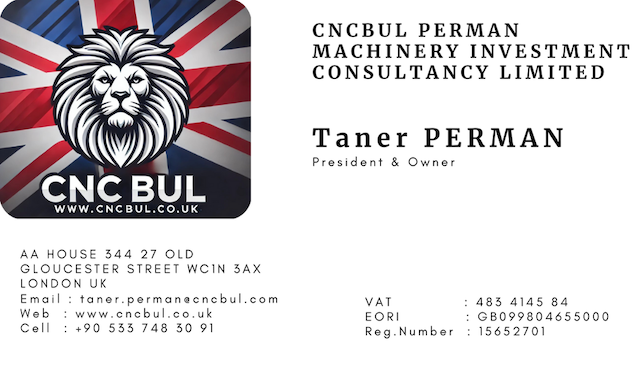What is Co-Rotating Twin Screw Extruder Machine?
A Co-Rotating Twin Screw Extruder is a type of extrusion machine commonly used in industries like plastics, rubber, chemicals, food, and pharmaceuticals. In this machine, two intermeshing screws rotate in the same direction within a barrel, pushing material forward while mixing, compounding, or reacting it as it moves along the screw profile. Here’s a technical overview of its main components, functions, and advantages:
Key Components and Operation
- Screws:
- Co-rotating twin-screw extruders feature two screws that rotate in the same direction (typically clockwise). The screws are tightly intermeshed, allowing materials to transfer between screws efficiently.
- Each screw has different sections, including feeding, melting, mixing, and metering zones. The geometry of the screws (length, diameter, pitch, and helix angle) is customizable to suit the materials and the specific process.
- Barrel:
- The screws are enclosed in a barrel, often segmented into multiple zones with independent temperature controls.
- Heating and cooling elements control the temperature throughout the barrel, helping achieve precise processing conditions for the specific material. Temperature control is vital for preventing degradation, ensuring homogeneity, and promoting desired reactions.
- Feeding Section:
- Material is fed into the extruder through a hopper or feeder at the start of the screws. This section is usually cooled to prevent premature melting.
- The controlled feeding mechanism ensures a steady, metered flow of material into the screws, preventing blockages or inconsistent output.
- Mixing Section:
- The intermeshing screws provide intensive mixing as the material is moved forward. Shear forces within the mixing section help break down particle agglomerates and distribute additives evenly.
- This is critical for producing homogenous mixtures, particularly when combining different polymers, additives, or reactive components.
- Degassing/Venting Ports:
- In many co-rotating twin-screw extruders, there are venting ports along the barrel to remove gases and volatiles during processing. This ensures a high-quality output with fewer impurities or trapped air.
- Vacuum venting systems are used in some extruders for even more efficient degassing.
- Die Section:
- At the end of the extruder, material exits through a die, shaping it into a specific form or moving it to the next stage (e.g., pelletizing, sheet forming, or profile extrusion).
- The die configuration is adjustable depending on the intended output shape and application.
Advantages of Co-Rotating Twin-Screw Extruders
- Enhanced Mixing and Homogeneity:
- Co-rotating screws produce superior mixing, making them ideal for applications requiring uniform material distribution. This is especially useful in compounding and masterbatch production, where additives must be consistently distributed.
- Higher Throughput and Flexibility:
- These extruders generally offer higher throughput than single-screw or counter-rotating twin-screw machines, making them suitable for continuous high-volume production.
- They are also flexible in handling various materials and processes, from thermoplastics and elastomers to thermosetting polymers and even food ingredients.
- Controlled Shear and Temperature:
- Twin-screw extruders provide fine control over shear and temperature, allowing manufacturers to customize the process for specific material characteristics.
- This control makes them highly suitable for heat-sensitive materials or processes requiring precise thermal management.
- Ideal for Reactive and Degassing Processes:
- They excel in applications involving reactive extrusion, where chemical reactions occur between components in the extruder, such as polymer grafting, cross-linking, or foaming.
- The degassing ports ensure that unwanted volatiles and gases are removed, improving product quality and reducing contaminants.
Applications
Due to their versatility and control, co-rotating twin-screw extruders are widely used for:
- Polymer Compounding: Mixing polymers with additives, fillers, or reinforcements to create custom plastic compounds.
- Masterbatch Production: Creating color masterbatches and additive masterbatches with uniform dispersion.
- Food Processing: In the food industry, they’re used for producing items like snacks, pet food, and cereals, thanks to precise temperature control and mixing capabilities.
- Chemical Reactions: Ideal for in-line chemical reactions, where reactants are combined and processed under controlled conditions.
Overall, co-rotating twin-screw extruders provide precise mixing, thermal control, and efficient processing, making them a staple in high-performance extrusion applications.


